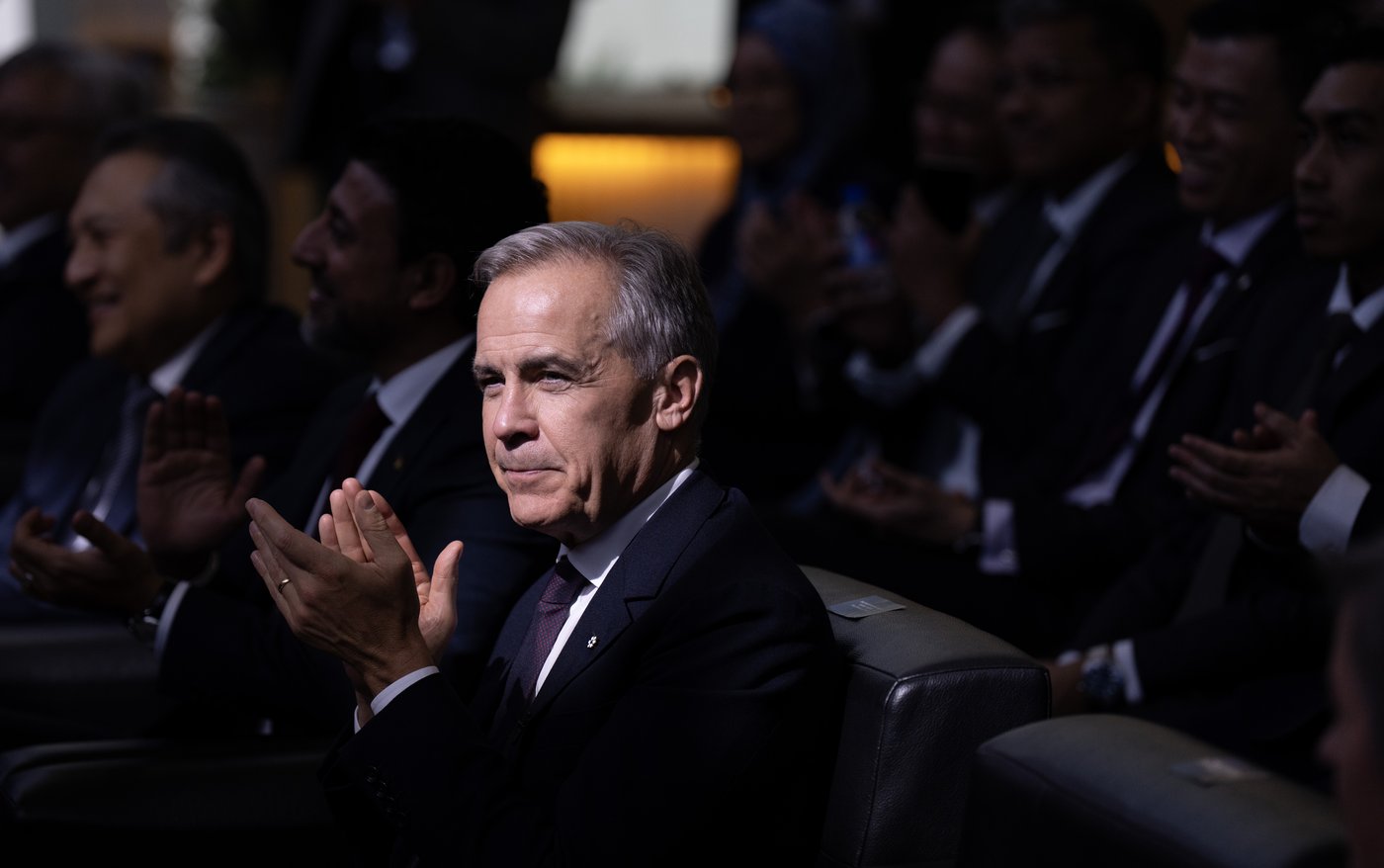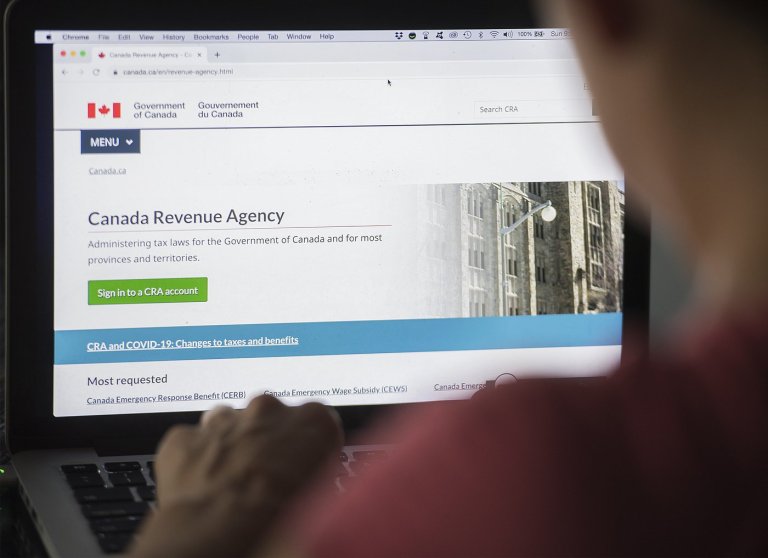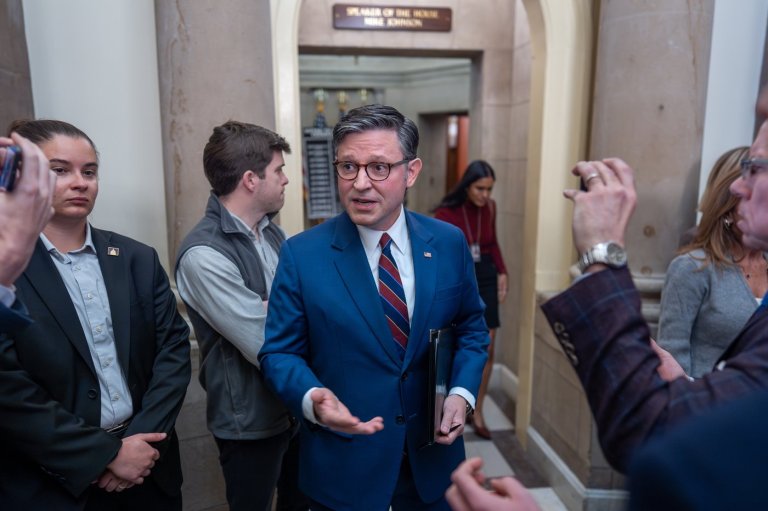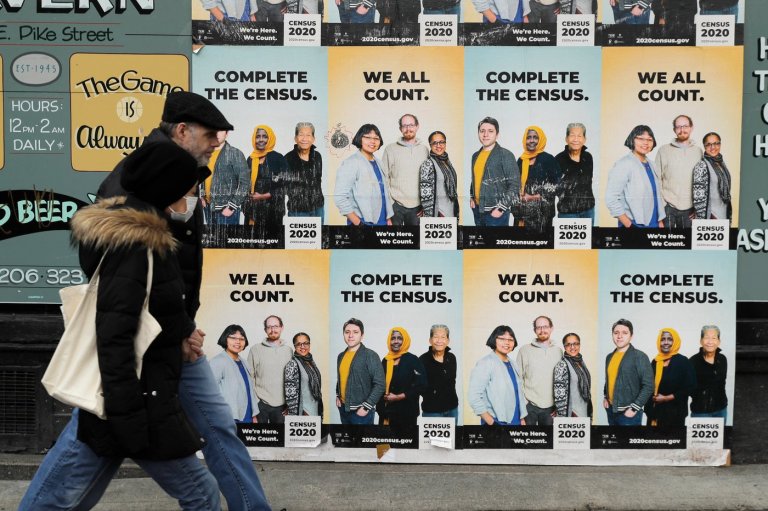Industrial carbon price a focus Carney’s climate strategy consultations: sources

OTTAWA — Environment advocates say the federal government’s consultations ahead of the release of its climate competitiveness strategy next week have focused in part on making industrial carbon pricing a cornerstone of the new plan.
Two senior officials at national environmental advocacy groups who met with the federal ministers developing the plan in recent weeks say the emphasis on industrial carbon pricing in their discussions — and Prime Minister Mark Carney’s commitment to it during the election — makes them confident the government is planning major changes to the policy.
They asked not to be named due to the private nature of the meetings with the government. Both told The Canadian Press Carney has given the strategy a great deal of personal attention.
The prime minister has promised a climate competitiveness strategy for weeks. In a speech on Oct. 22, he said the policy will be part of the federal budget on Nov. 4.
Speaking to The Canadian Press on Tuesday, Environment Minister Julie Dabrusin declined to share details of the climate competitiveness strategy since it’s in the federal budget.
Dabrusin did say her consultations with environmental groups and industry leaders have highlighted the importance of an industrial carbon policy that gives investors certainty while driving down emissions.
“At a high level, I can say that industrial carbon pricing is an important part of how do we fight climate change, and at the same time how do we build a future economy,” she said.
The climate competitiveness strategy is expected to mark a shift in Canada’s approach to climate policy.
Carney has said his approach prioritizes results over emissions targets and places an emphasis on the economy. He and his ministers have dodged questions recently on whether the government is still committed to its emission reduction targets.
Several recent reports have said Canada is nowhere near being on track to meet its 2030 goal under the Paris climate pact, which commits Canada to cutting emissions to at least 40 per cent below 2005 levels. That goal is not legally binding.
During the Liberal leadership race, Carney campaigned on a promise to eliminate the consumer carbon price while strengthening and expanding the levy paid by big industrial emitters like oilsands producers, fossil fuel power generators and manufacturing plants.
His first official act as prime minister in March was to end the consumer levy. He has yet to do anything with the industrial price.
The federal government introduced the two streams six years ago, with consumers and smaller businesses and non-profits paying the per tonne cost on all fossil fuel purchases, and big emitters paying it on a portion of their actual emissions.
A report from the Canadian Climate Institute in 2024 found consumer carbon pricing had a much smaller impact on emissions than the price applied to big industrial emitters. The pricing system for industry accounted for about 80 per cent of total emissions cuts from carbon pricing overall.
One of the sources who spoke to The Canadian Press said the government is concerned about the public’s perception of industrial carbon pricing in a new climate strategy, given the lack of public support for the consumer carbon price.
Dabrusin wouldn’t say whether she’s worried about how Canadians perceive industrial carbon pricing.
“Canadians see that climate change and the extreme weather events are impacting their communities in real time right now,” she said.
“So I think that my job is how do I actually build a path forward that’s unifying for Canadians. And that’s what they want to see. So I’m actually hopeful.”
The other source said it’s hard to imagine the government moving forward with a strategy to sell energy to countries with carbon pricing policies without taking meaningful action on its industrial price policy. Carney has said he wants to double the amount of non-U.S. exports over the next decade.
Most provinces and territories have their own industrial carbon pricing systems, which need federal approval based on Ottawa’s standard. If a province or territory doesn’t meet Ottawa’s minimum system requirements, the federal government can impose its system instead.
Both Alberta and Saskatchewan have challenged the federal government on the issue.
Alberta proposed changes to its industrial carbon pricing program last month that would allow companies to avoid paying provincial fees for emissions by investing in their own emissions reduction projects instead.
It also proposed allowing smaller companies that don’t meet the program’s minimum emissions threshold to opt out of the carbon pricing system for 2025.
Saskatchewan paused its industrial carbon price program altogether on April 1. The federal government hasn’t indicated it plans on triggering the federal backstop on either province.
Alberta Premier Danielle Smith said three weeks ago she was open to adjusting aspects of Alberta’s industrial carbon pricing program as the province talks to Ottawa about building a new pipeline to the B.C. coast.
Pressed on whether Ottawa has held back on triggering the federal backstop on either province because changes to the government’s own policy are coming, Dabrusin would only say the government talking with all provinces.
“What we’re doing is having lots of active conversations with all of the provinces on how do we get to where we need to go,” she said.
“Right now, it’s all about having conversations. If we’re going to have a unifying path forward, it’s about making sure that we’re talking and working with provinces and territories on all of our policies.”
This report by The Canadian Press was first published Oct. 28, 2025.
Join the Conversation!
Want to share your thoughts, add context, or connect with others in your community?
You must be logged in to post a comment.


















